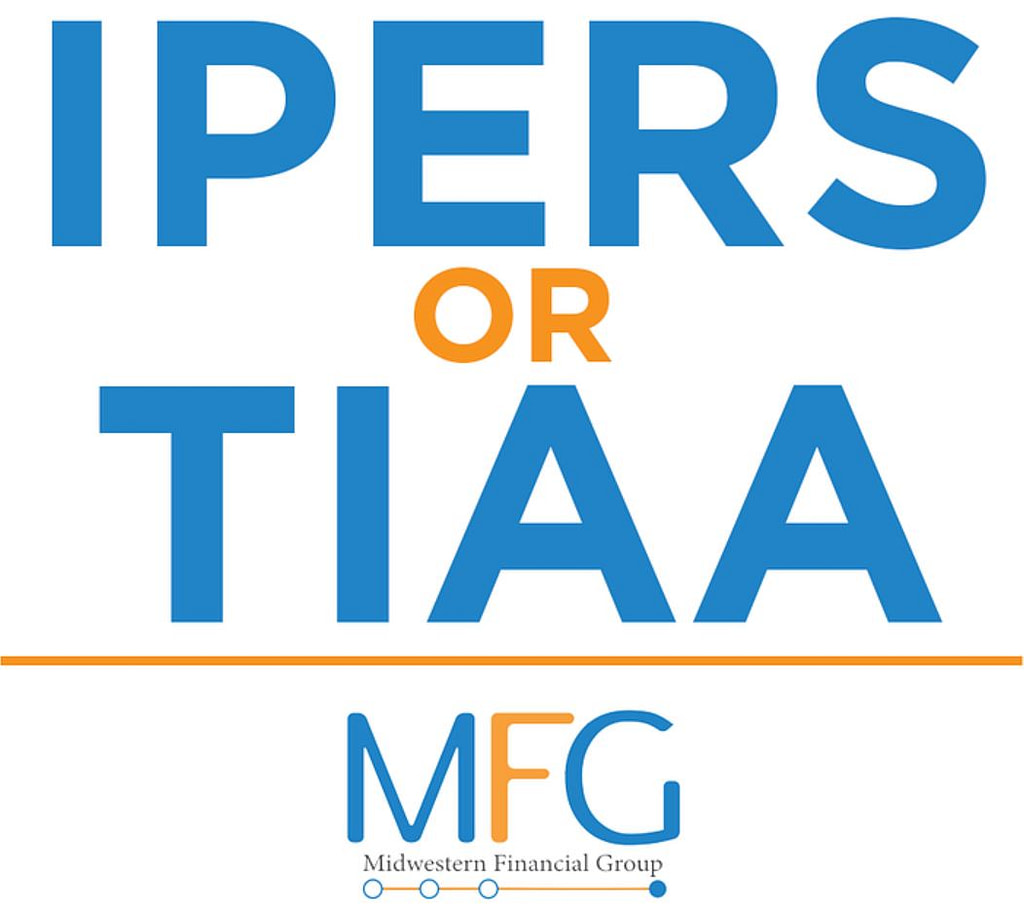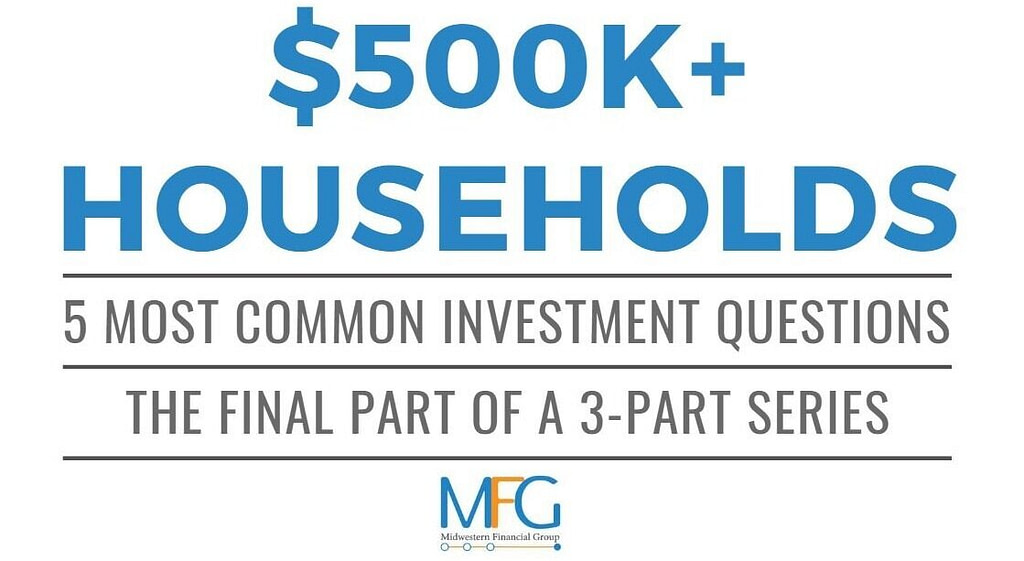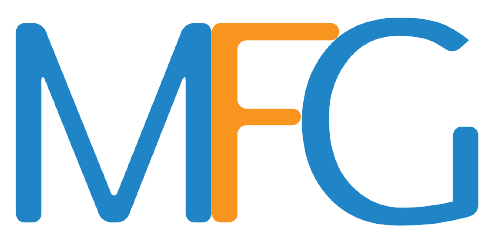This is part 1 of a 3-part series on financial advice for households at different income levels. Make sure you don’t miss our advice for <$200k, $250k-$500k, and $500k+ households by signing up for our newsletter below.
There is a common misconception that financial advisors only work with high-net worth individuals. That’s not true. Different incomes have different circumstances, but all our clients have the same priority: optimizing current income to fund future financial goals.
In this article, we’ll walk through the five most common questions we get asked by clients with annual household income under the $200k mark, and how we approach the answer. This is a large range of incomes, which includes teachers to professors, but these 5 planning items are common to all.
The 2 Types of Under $200K Earners
There are two broad, relevant categories of income for households with income less than $200,000.
Professions with Stable Income:
First, stable incomes with cost-of-living-adjustments (COLA) each year. These individuals construct a plan and stick to it, with consistent savings, given the consistency of their income. Both income and expenses are predictable. Planning changes based on milestones (paid off student loans, kids are done with daycare). Their jumps in monthly cash flow comes from reduced expenses versus jumps in income. Teachers often fall into this category if they are not seeking a graduate degree or a move to administration.
For instance, in this household, a teacher may be making $70,000 a year with set pay increases per year.
Professions with Growing Income:
Second, many household incomes are below $200,000, but with upside potential. These families may have future ‘milestones’ that will trigger higher income. Those can be graduate degrees, self-employment growth, or anticipated promotions. The planning for these families is different because an attempt to use a crystal ball is critical to construct a relevant plan. If we know income will jump in the future with a high degree of certainty, a financial plan should be constructed with the status quo and future in mind.
Given the expected increase in income, lifestyle creep is common. For years, these families have anticipated a jump in income, thus, when the increase happens, they already know what they want to buy/expenses they are willing to increase. It is important to make sure the lifestyle creep does not limit their ability to save for financial goals.
With these two categories in mind, here are 5 planning items each household with income under $200,000 should take care of:
1. CHOOSING PRE- OR POST-TAX 401K CONTRIBUTIONS
First, it’s important to understand the difference.
Traditional, pre-tax 401k: That means pre-tax contributions today, which lowers taxable income today and withdrawals in retirement are taxed at the future tax rate.
Roth 401k: Post-tax contributions. All the taxes are taken from the paycheck and then Roth 401k contributions are made. As a result, the employee pays taxes today and the distributions in retirement are not taxed.
Roth assets are important for taxable income planning in retirement.
Given the tax variable, the question we need to answer is: will the household’s income tax bracket be higher or lower in retirement compared to today?
If you’re in a low tax bracket today, will the tax bracket be higher in the future?
If you fall into the category of higher income expected in the future, their tax rate may be higher in retirement than it is today. Thus, a Roth 401k may make sense.
If you fall into the category of stable income with COLA, the appropriate 401k is often determined by the asset mix.
For instance, are you already contributing to a Roth IRA? If so, skip the Roth 401k and save on income taxes today.
Maxing out Roth 401(k) contributions reduces your take home pay today when compared to pre-tax deferrals.
So, does this work with your family’s budget?
2. STUDENT LOANS – PAY THEM OR FORGIVE THEM?
There are three broad strategies for managing student loan debt:
-
Pay it off ASAP
-
Public student loan forgiveness
-
Forgiveness after 20 years of paying
Let’s walk through each one and who may be the best fit.
1. Pay it off ASAP
If higher income is expected in the future, you could consider delaying paying it off until you can use your larger future cash flows.
If income is expected to be stable with cost-of-living adjustments, budget for the loan repayment, and pay it off as soon as possible.
BUT remember that you will need to balance other goals.
If paying for children’s future college is the goal, for instance, that savings needs to start immediately to ensure the benefits of compounding. This liability is closer than retirement.
So pay it off ASAP, but determining how fast to do so is a function of current and future income and other goals that require a portion of a family’s budget.
2. Public student loan forgiveness
If you work in the public sector and meet other requirements, the Federal government has a program to forgive these loans after 10 years.
There are many nuances and we do not pretend to be experts, but we work with our clients to find the answers so we can incorporate them into a plan.
If you’re on the 10-year forgiveness path, extra cash flow may be available today to fund other goals.
3. Forgiveness after 20 years
For some, the debt load is so large that forgiveness after 20 years can make sense. Keep in mind, the amount forgiven is treated as income. So, if the government forgives $100,000, taxable income will be $100,000 higher that year and Federal income taxes will be owed on the forgiven amount. Thus, we set up brokerage accounts for these clients with monthly contributions so they are saving for the tax liability.
Regardless of the strategy, a plan for student loan debt must be incorporated into a broader financial plan.
3. SAVING AFTER KIDS ARE DONE WITH DAYCARE
Daycare is a fixed expense. Thus, as income rises, you can scale out of it. For example, daycare may consume 24% of a household’s income ($12,000/$50,000) or 12% ($12,000/$100,000) at the same fixed cost.
Given the cash drag of daycare and especially for working parents with multiple children, planning around the end of daycare is important.
“We cannot save more today, but when daycare is over, how much ‘catch-up’ do we need to do?”
Daycare is a huge expense and many families want to ‘celebrate’ its ending by expanding their discretionary expenses when it’s over. Lifestyle creep is common when daycare expenses end.
As a result, it is important to have a plan in place before cash outflows decrease.
4. ROTH IRA CONTRIBUTIONS IF CASH FLOW IS AVAILABLE
Roth IRAs are a gift from the federal government and IRS. Contributions grow tax-deferred and no taxes are due when distributions are made in retirement. In addition, contributions can be taken out without penalty. So they can serve as an emergency fund backstop and retirement savings vehicle.
In addition, they are earmarked for households that earn less than ~$200,000. Once this threshold is breached, Roth IRA contributions become a bit more nuanced/complicated.
Thus, for households that earn under $200,000 and have the flexibility to save beyond their employer-sponsored plans, Roth IRAs are the first bucket to fill.
The benefits are too great.
As mentioned above, if couples are contributing to Roth IRAs, advisors should reexamine the appropriate 401k allocation if clients were contributing to Roth 401ks.
5. 529S FOR KIDS – THE POWER OF SAVING EARLY
In addition to the Roth IRA bucket, 529s are another underutilized planning tool. If parents want to pay for a portion of their children’s college expenses, a 529 often makes the most sense.
In the state of Iowa, contributions to 529s (up to $3,474 per year, per beneficiary) are Iowa state income tax deductions.
Like Roth IRAs, all growth and income in the account grows tax-deferred and distributions are tax-free if they are used for qualified education expenses.
Every family is different, and the planning items go well beyond just 5, however, these are 5 items most families tackle. With a thorough financial plan, our clients determine the priority of their goals and work with MFG to fill the appropriate buckets. One family may want to prioritize 529 savings and lower Roth IRA contributions. Another may prioritize retirement, filling the Roth IRA bucket and contributing less to 529s.
No two families are the same. Neither are financial plans at MFG.



